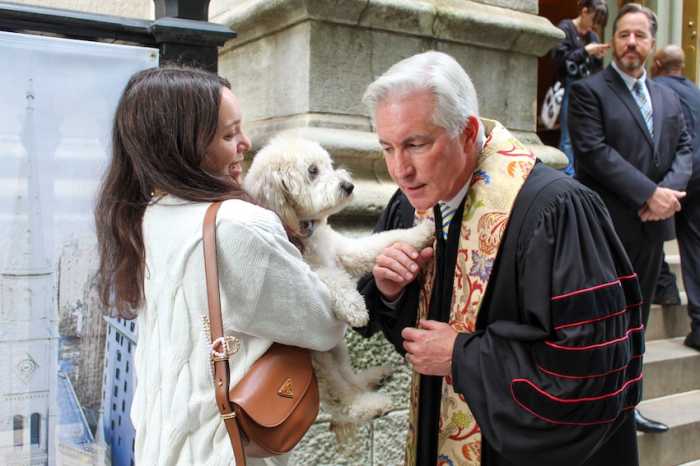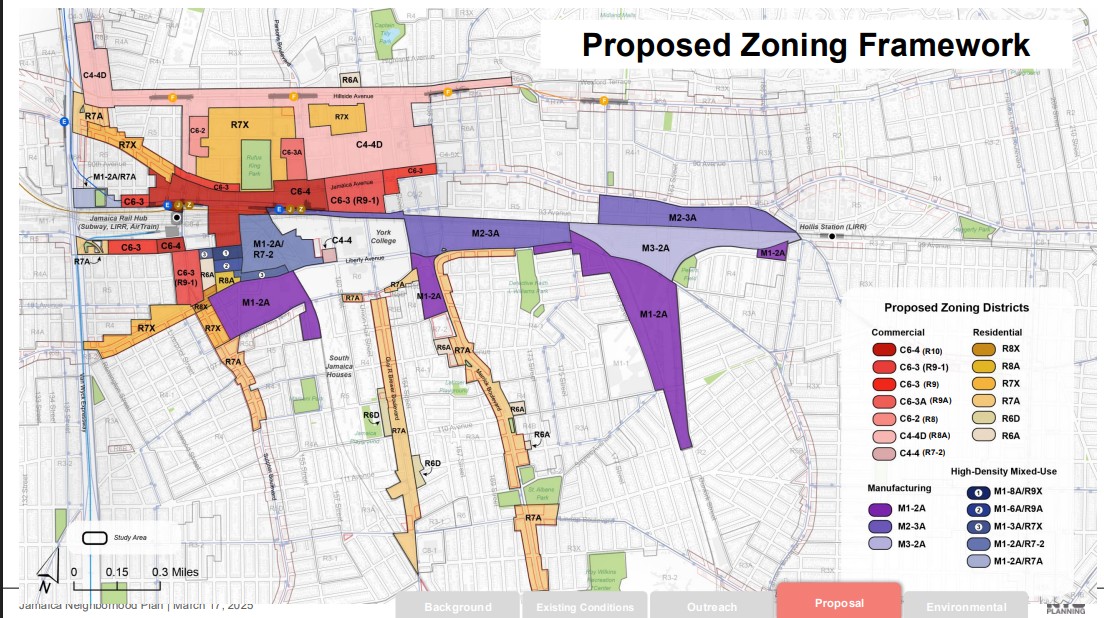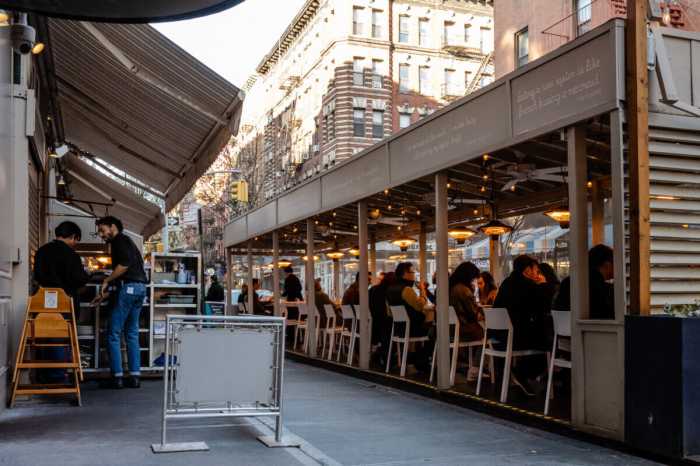By Patricia Fieldsteel
NYONS, France — From my window on Jane Street, I saw and heard strange things. I was a peeper, a closet looker, rather than a direct watcher like the old ladies plastered in their snap-front housecoats before the window each day. My apartment, a studio on the parlor floor, had two 4-foot-by-8-foot windows looking south on Jane between Eighth Avenue and Hudson Street. My first night there was a revelation; as soon as the sun had set, I realized my splendid view meant everyone else could see me inside with the illumination of so much as a 15-watt bulb. In a panic, I crept around in the dark, then plunked down my first major real-estate investment — $200 plus tax for Levolor blinds, nearly half my monthly salary and the price of my rent.
I usually kept the blinds drawn, occasionally inserting my hand through the slats to peer out. Once the blinds died and I’d bought curtains — easy to open and close — my view expanded. However, in the intervening decades, I’d discovered sounds can be equally revealing.
There are certain New York sounds I came to love — the grinding of bus gears on Eighth Avenue, the slick swoosh of taxi tires in the rain, the distant whistles of trains and, in the early years, the clank-clunk of snow chains slapping the street. Winter nights I’d lie in bed beneath layers of quilts, watching the snow stream down, the arching street lamp creating a shower of cascading flakes. I’d feel suspended in time, yanked from the humdrum into a magical sphere, the thin linden-tree branches bowing heavily with crystalline blossoms, the townhouses across the street wrapped in white bunting and the air charged with exquisite silence. I’d listen to shovels sliding across concrete long into the night, an occasional taxi creeping west on Jane, tires crunching in the snow.
It was on one such a night that I heard an older woman remark to a friend, “I want to burn myself and see if I can get adopted. …” Another snowy winter morning, I looked out to a brilliant fresh spot of green in the Jane Street Garden. Someone had hung a Boston fern from the fence with a pink, hand-lettered sign: “I am a well plant that needs to be adopted.” I kept that plant nearly 15 years, repotting it twice; by the time I moved for good to France it took up the upper half of the window, its fronds stretching across the width.
Broken car alarms were the most invasive sounds, followed by voices; in later years, cell phone conversations were the worst. All those private conversations to which anyone with a street-side apartment was forced to listen — secrets too intimate to make a request for lower voices possible. Lovers’ quarrels were constant intruders; after awakening half the street, they’d usually finish in a smoochy embrace. Drunks repeated the same thing over and over when they fought. Sometimes, however, a passing fragment of conversation would make me smile: “…no matter what, whenever I take my pants down he insists on popping his little head up to say hello….” Another, from a high-pitched male voice one summer Sunday afternoon: “You know how it is with Lady Marchmain; she invites us up for the weekend and then has a huffy and sends everyone home. …”
A street-side view allowed first dibs on the best garbage — tables, chairs, lamps, paintings, books galore, you name it. One night I was awakened around 3:30 a.m. by the odd subliminal sound of heavy padding being dragged along concrete. A young boy of 11 or 12 was pulling an enormous mattress. Laying it flat in the middle of the street, he proceeded to stretch out on his stomach and back, curl up, then jumped up and down, laughing to himself with childlike abandon. I felt guilty watching his secret fun and stepped away, only to hear a few minutes later: “No! No! Not that! Please…!” An old man was trying to grope inside the boy’s pants. As I opened my window to yell, they both ran in opposite directions. By morning, the mattress was gone.
In the building next door, an older woman died alone and was discovered once her body began to smell. The morgue van arrived at 2 a.m., the driver and his partner getting out with the body bag in the midst of an animated conversation about baseball. After about 20 minutes, they returned, shoving the bloated sack in the back of the van, still deeply involved in their discussion of the previous evening’s game. Laughing and joking, they drove off, no doubt to pick up the end of another life.
Then there was the summer Sunday morning I awoke to what sounded like a circus setting up. I tried to tune out. Then the blaring rock music erupted, practically causing me to levitate from my bed. I peeked out through the blinds to a hallucination — an obese woman dressed as a diaphragm was rocking and rolling, surrounded by gyrating human-sized condoms with feet. Street theater for the kiddies!
Starting in the early 1980s, when homelessness arrived with a vengeance, there would be a nightlong procession of rustling bags as a silent stream of the city’s forgotten scavenged for bottles and cans. More than once, I witnessed someone ravenously picking at a discarded chicken carcass or takeout container.
Then there was the sex trade. The space under the staircase of the building next door was a favorite trysting place. One night a john tried to murder a transgendered hooker down there, her screams awakening the neighborhood. The Sixth Precinct arrived immediately; the john ran off and when the officers went under the stoop, they discovered themselves covered in excrement from the terrified hooker. It was hard to tell who made more noise — the cops or the girl.
The summer sounds coming from the garden across the street were sweet — where else in Manhattan could one lie in bed and listen to crickets and cicadas? One year we were treated to the exquisite chant of a mockingbird that stopped in the garden for three weeks before heading south.
I loved to watch the journey of the moon across the sky, illuminating the apartment in a translucent glow when it was full. During the night, one could always glimpse the same solitary lights of the Jane Street insomniacs.
But what I loved most was the steady dance of the street — sometimes a graceful pas de deux or silent pirouette, other times a conga line, salsa or twist; often it was a graceful waltz or fox trot or frenzied hip-hop. But mostly it was the solitary dance of neighbors, strangers and friends to music no one else heard.






































